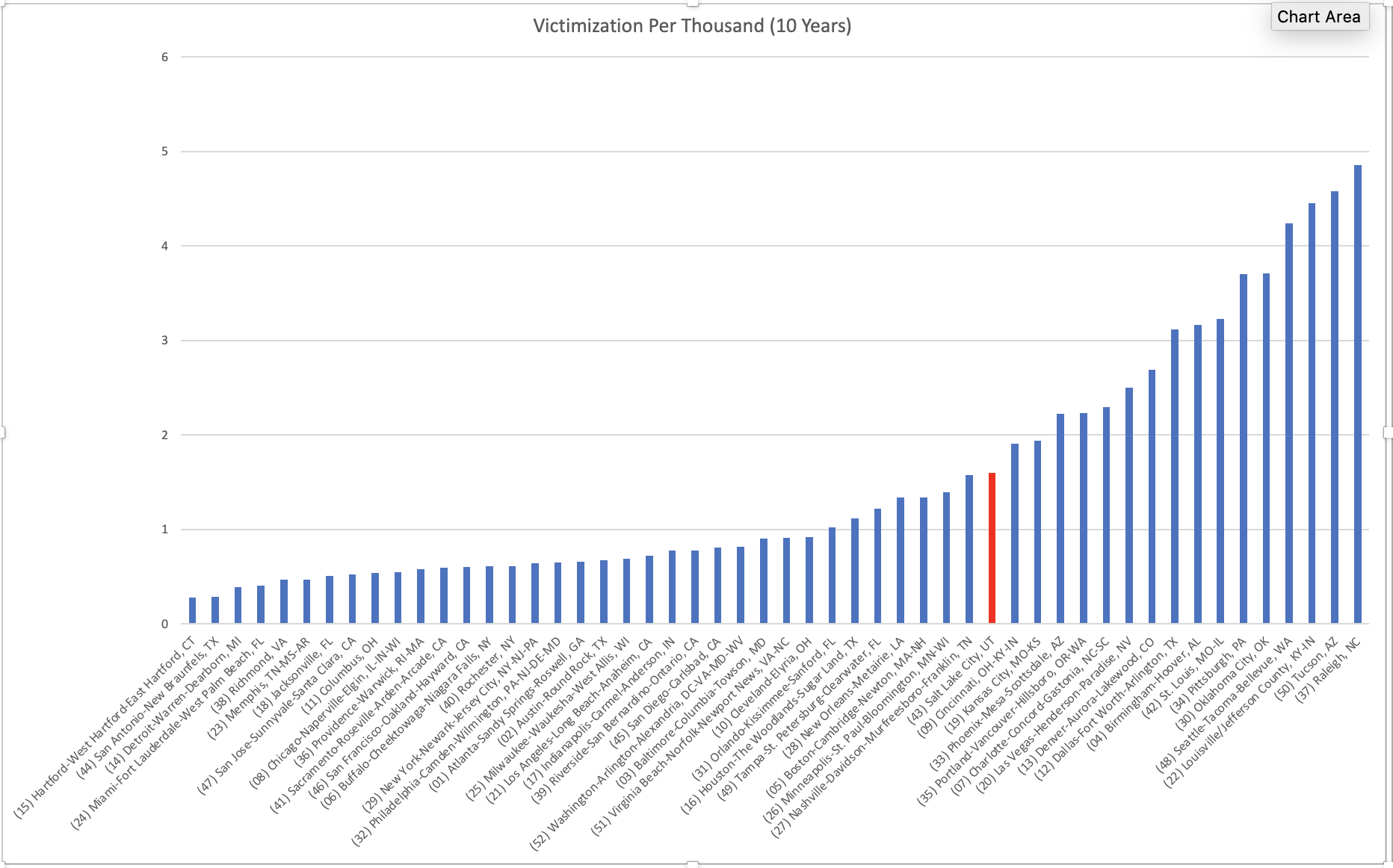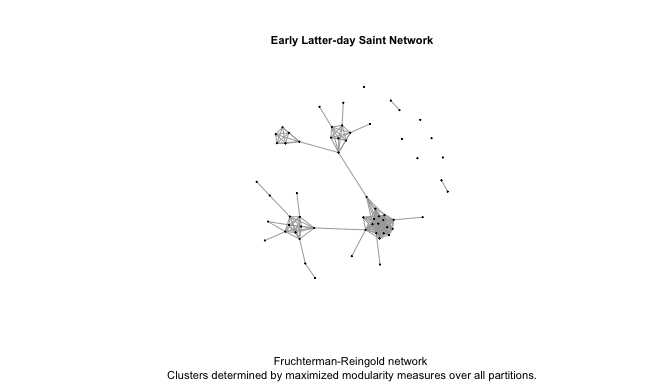-
•
•
13 responses
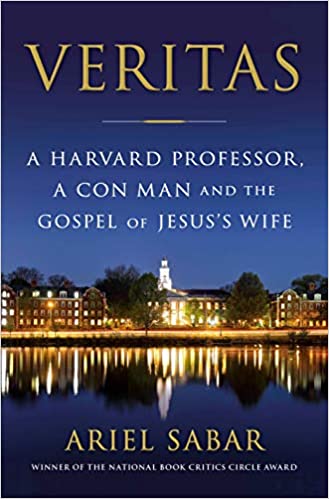
This is a well-written journalistic account of a scandal that happened in the biblical studies community in 2012 when a purportedly ancient parchment surfaced that contained the words “Jesus said to them ‘my wife.’” Despite some red flags such as bad Coptic grammar, Professor Karen King, one of the preeminent scholars in the field, became excited about its potential to undermine traditional Christian narratives (not ours of course, since, as Chad Nielsen’s excellent post points out, Latter-day Saint theology tends to be open to Christ being married) and widely promoted it until (and a little bit after) some smart amateurs working… Read More
-
•
•
5 responses

Times & Seasons friend and guest blogger Sam Brown has shared with us the obituary of his wife, eminent Latter-day Saint historian Kate Holbrook. We are honored to remember Kate’s contributions to LDS women’s history as co-editor of, among other volumes, At the Pulpit: 185 Years of Discourses by Latter-Day Saint Women, The First Fifty Years of Relief Society: Key Documents in Latter-Day Saint Women’s History, and Every Needful Thing: Essays on the Life of the Mind and the Heart. Kate is remembered also for bridge-building between academic and civic communities, and for fostering rich social connections in the field of Mormon history.… Read More
-
•
•
17 responses
Language is a tricky thing. Sometimes, when someone says a word, it can mean something very different to them than it does to us. This can be particularly true when that person is from the past and the exact meaning of a word changes over time. In a recent interview with Bryan Buchanan about an article by Shannon Flynn at the Latter-day Saint history and theology blog From the Desk discussed a major example of where this seems to have happened in our understanding of the afterlife about divisions within the Celestial Kingdom. What follows here is a copost –… Read More
-
•
•
32 responses
Since I last posted on this, 1) Mormonr published the testimonies of the two bishops involved in the Bisbee case, and 2) the Church came out with their follow-up statement. For point # 1, contrary to the testimony of the law enforcement agent, both bishops indicate that they only knew about a one-off case of abuse. Given that we now have the two bishops (plus the Church, although their information might be based on the bishop testimony) vs the agent who was relaying second-hand information, I think the evidence weighs more heavily away from the scenario implied in the AP… Read More
-
•
•
11 responses
I was privileged to attend the recent dedication of the Washington, DC temple, during which I got thinking about the common themes in temple worship across time and cultures. I’ve always been vaguely aware of these similarities, but I went down the Wikipedia rabbit hole and spent so much time down there that I thought I might as well record my findings. Below are spreadsheets that show various Wikipedia quotes about temple worship across time and cultures (yes, I’m aware that it’s Wikipedia, but Wikipedia is actually more accurate than people give it credit for, and suffices for this purpose… Read More
-
•
•
3 responses
The recently-published Method Infinite: Freemasonry and the Mormon Restoration by Cheryl L. Bruno, Joe Steve Swick III, and Nicholas S. Literski (Greg Kofford Books, 2022) is an insightful and information-packed volume about a plethora of possible points of contact between Freemasonry and the Restoration of the Church of Christ. While many studies of Masonry and the Latter Day Saint movement focus primarily on temple rituals, Method Infinite covers the entirety of Joseph Smith’s life and follows the influence of Masonic ideas and rituals into some of the major branches of Mormonism that emerged in the aftermath of the Prophet’s death. … Read More
-
•
•
2 responses
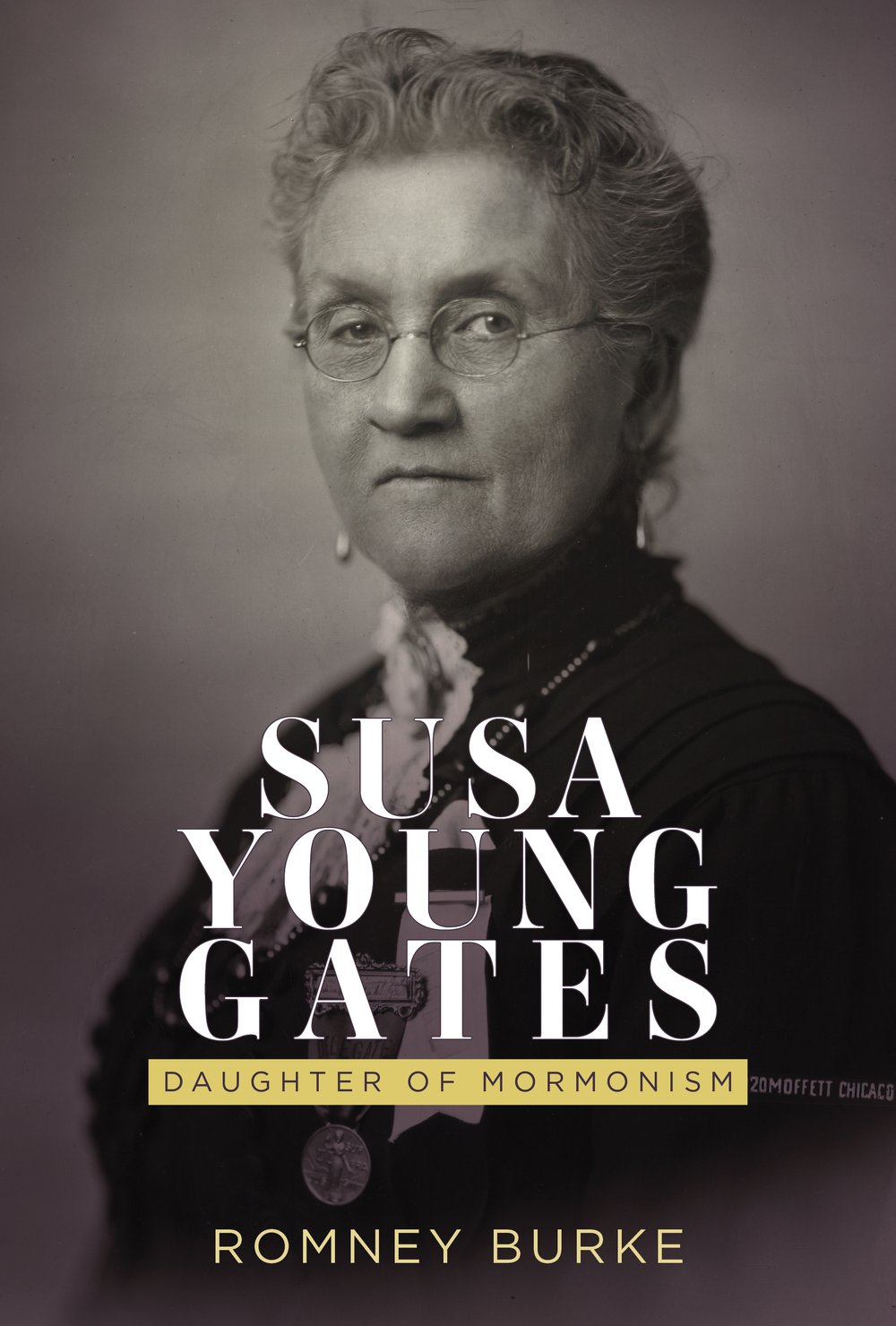
Susa Young Gates was an interesting and important personality, and Romney Burke’s recently-published biography Susa Young Gates: Daughter of Mormonism (SLC: Signature Books, 2022) provides a well-researched glimpse into her life. Perhaps the best-known daughter of President Brigham Young, Susa led a life as a prominent figure in the Church of Jesus Christ of Latter-day Saints. She would go on to serve missions in Hawaii, write prolifically about the Church, serve prominently on the National Council of Women in the United States and also participate in the International Council of Women as a feminist advocate, serve in the general boards of… Read More
-
•
•
38 responses
Like a lot of you, I felt nauseated after reading the AP article that recently dropped, and have been following the story since. There’s always a temptation when something like this happens to give an off-the-cuff hot take, but it was clear that there was a lot to this story to unpack and I didn’t have the time to slodge through and compare/contrast the different accounts, so I waited until somebody came up with a clear outline of everything to see where exactly in the process the ball got dropped. The Mormonr website has now put together such an outline. After reading… Read More
-
•
•
13 responses

An enigma that has been explored repeatedly over the years, both in the Church of Jesus Christ of Latter-day Saints and in Christianity more broadly, is the marital status of Jesus of Nazareth. There is little to reliably indicate either way in the established canon of the New Testament, but that hadn’t stopped people from discussing the topic. And in organizations like the Church that emphasize marriage, there are some theological reasons to want to say that he was indeed a married man. In a recent interview over at the Latter-day Saint history and theology blog From the Desk, Christopher… Read More
-
•
•
13 responses
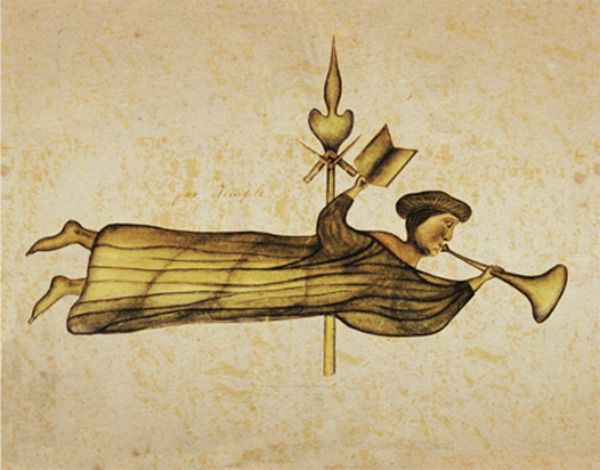
The relationship between Freemasonry and the Church of Jesus Christ of Latter-day Saints is a subject of controversy for members of the Church. In the near future, two important studies of that relationship are slated to be published – Method Infinite: Freemasonry and the Mormon Restoration by Cheryl L. Bruno, Joe Steve Swick III, and Nicholas S. Literski, which will be available on 9 August from Greg Kofford Books (which discusses possible influences of Freemasonry on Joseph Smith’s ministry throughout his life) and Freemasonry and the Origins of Latter-day Saint Temple Ordinances by Jeffrey M. Bradshaw, which is anticipated to be… Read More
-
•
•
23 responses

After the initial splash of the purported Joseph Smith photo being revealed there have been various strands of takes, two of which I thought worth briefly addressing. Also, there’s one more point I haven’t seen anybody address but thought I should raise. He’s too old! I’m surprised at how many people, some of them rather educated and sophisticated, are pointing out that the picture clearly shows a man who is older than Joseph Smith’s 38 years at the time of his death. The fact is that in a world before SPF-50, air conditioned offices, and relatively low maternal and infant… Read More
-
•
•
12 responses
Season 4 of Stranger Things took a detour inside an exotic world it had never explored before: a Latter-day Saint home in mid-80s Utah. Read More
-
•
•

One biographer of the famed British composer and ethnomusicologist Ralph Vaughan Williams posted a question – how could Vaughan Williams be both a socialist and a nationalist at the same time? One tended towards trying to eliminate boundaries and differences while the other tended toward glorying in boundaries and difference. He answered through two different quotes from the composer himself: I believe that the love of one’s country, one’s language, one’s customs, one’s religion, are essential to our spiritual health.[1] Art, like charity, should begin at home. If it is to be of any value it must grow out of… Read More
-
•
•
17 responses

I’ve now read the John Whitmer Historical Association Journal article that detailed the evidence for the authenticity of the purported Joseph Smith photo, and I am more than 50% convinced that it is authentic. The provenance of the locket combined with the facial match is interesting, but a few points. Even as a statistician I’m a little fuzzy on what to make of the statistical facial analysis. According to the article the specialists “‘noted that between the daguerreotype and portrait images 19 of 21 features (pairwise measurements) fall within the 95% confidence interval.’ Almost all measurements taken from the portrait,… Read More
-
•
•
6 responses
What do you think of when you hear about the law of consecration? For me, the initial images that flash through my mind have to do with past attempts in the Church to implement programs like the United Order of Enoch in various communities in the Midwest and Utah during the 1800s. Yet, I also recognize that there is more to the topic, even if it’s hard to adjust that mental image that I have held in the past. When I first encountered it, I assumed talk of promising to live the law of consecration today was usually a hypothetical “if… Read More
-
•
•
Growing up in Utah, I remember a time when my parents took me out to a remote location where there was a reenactment of the Pony Express, a famous mail system in the western United States of America that facilitated fast communication. As noted in a recent interview at the Latter-day Saint history blog From the Desk, however, it wasn’t the first time that an attempt was made to create a mail system that used riders passing mail across the western United States. Years before the Pony Express started, Brigham Young initiated his own “Swift Pony Express” system to facilitate… Read More
-
•
•
12 responses
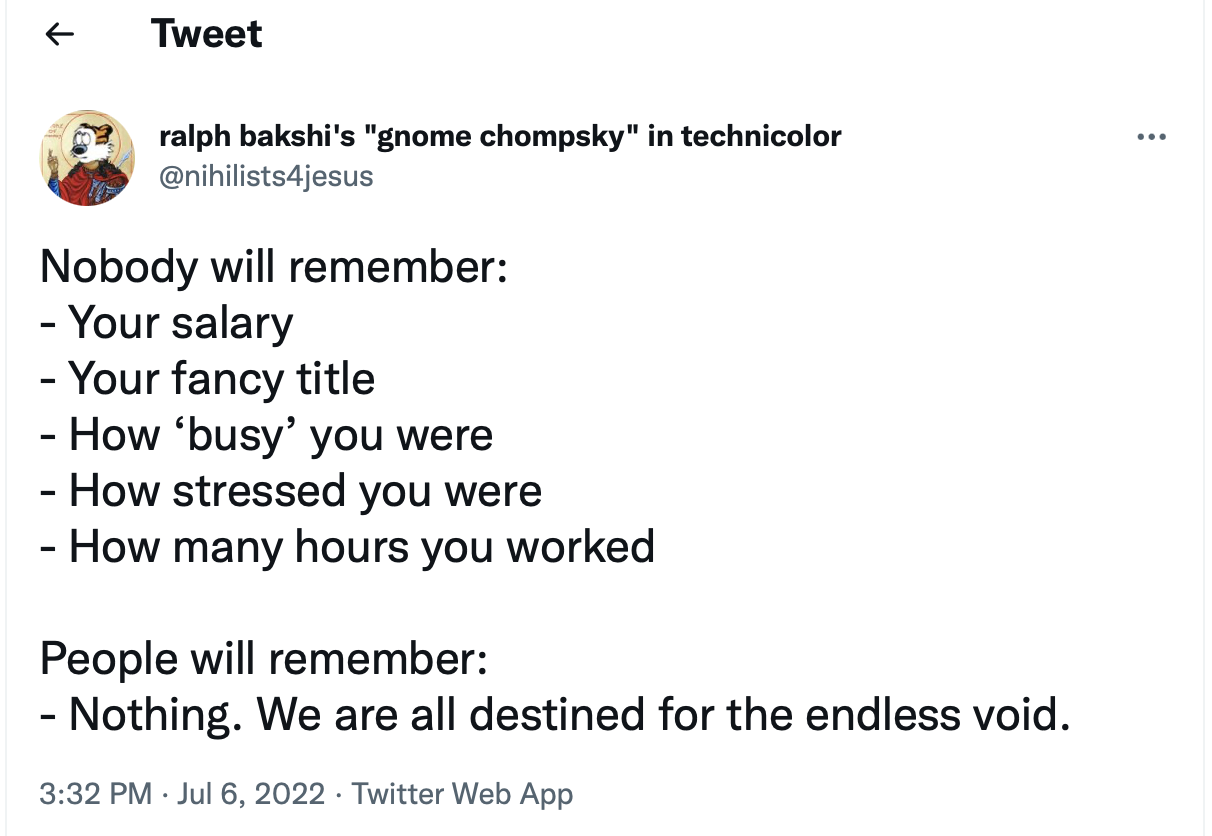
I noticed the other day when looking up a recently called mission president that the mission president bios follow a pretty standard format: name, age, number of children, past church callings, and background. Now, this is one of those things that was probably decided by a mid-level official in the COB, so I don’t want to read too much into this, but it seemed like in the past occupation was usually included and family size was included later if at all. I like the new emphasis. In a Latter-day Saint context honoring people for their family makes more sense than… Read More
-
•
•
11 responses

I found Jana Riess’s recent post about the President Nelson’s pivot away from “Mormon” interesting but I believe her thesis could be refined. Citing the familiar Armand Mauss retrenchment/assimilation axis, she sees the move from “Mormon” to “member of the Church of Jesus Christ of Latter-day Saints” as a swing of the pendulum back towards the assimilation end of the spectrum: We’re in an assimilation phase, a “we’re not weird” phase. Shedding the term “Mormon” helps us to assimilate ever more comfortably because the word, with its accompanying history, is one of the most distinctive things about us… the move… Read More
-
•
•
37 responses

The James Webb telescope just dropped its first “deep field” image. This is as far back as we have ever been able to see, and soon we will be able to peer back to some of the first creations that formed after the Big Bang. A time to come in the which nothing shall be withheld…if there be bounds set to the heavens or to the seas, or to the dry land, or to the sun, moon, or stars. All the times of their revolutions, all the appointed days, months, and years, and all the days of their days, months, and years, and all their glories,… Read More
-
•
•
26 responses
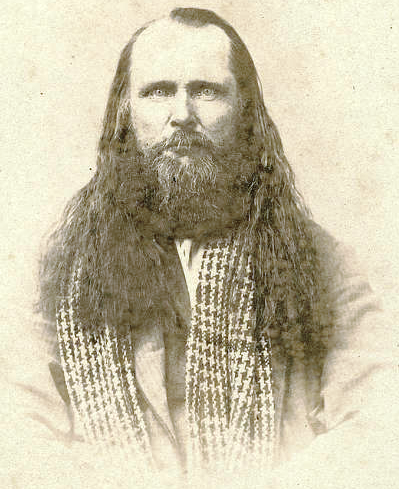
A common narrative one hears is something along the lines of the following: “I love the Church, it has so much potential, it could go a long way even if it dropped, changed, or soft-pedaled [insert major, foundational truth claim].” And honestly, to me many of the people who make that argument come off as being very “Mormon.” For them Mormonism without the truth claims makes sense precisely because cultural Mormonism is such a natural fit for them in terms of the community and religious aesthetics. However, this sociocultural Mormonism only applies to… Read More
-
•
•
17 responses
At the Europe Area Conference in Munich, Germany, in August 1973, President Harold B. Lee, confronted with a variety of languages and the challenges for translators, said: “How helpful it would be if everyone now speaking your own native tongue would learn to speak English. Then you would be able to talk with us more clearly and we could understand you better than we have done.”[1] In response, thousands of members started to learn English, even worldwide. In Korea a program “English for Latter-day Saints” was started. Next the Church Educational System asked BYU-Hawaii to develop this program for any… Read More
-
•
•
8 responses
A version of this was first published in the online journal SquareTwo in 2016. At the time I was more cautious than I am now, so I published it anonymously, but with permission I am republishing it here. This is a side-project from a paper I published in the Journal for the Scientific Study of Religion. In recent years, a scholarly literature has developed suggesting that—like other sexual proclivities—pedophilia is a condition similar to sexual orientation in that it’s likely to last for a long time and in some cases, cannot be changed with therapy (Seto 2012). In the midst… Read More
-
•
•
One response
Documents feel like treasures to me. They give insight into the past and have to be mined to get everything you can out of them. Because of that, it’s really exciting that the Church has begun to release minutes from the Relief Society General Board. In a recent interview at the Latter-day Saint history blog From the Desk, Kurt Manwaring interviewed Anne Berryhill about the minutes that have been released. What follows here is a co-post to the full interview. In the interview, Anne Berryhill introduced the meeting minutes as follows: During the inaugural meeting of the Nauvoo Relief Society,… Read More
-
•
•
5 responses
Since at least the time of Augustine of Hippo and Pelagius, western Christianity has been embroiled in a debate about salvation and grace. The two extremes have been represented as salvation by grace alone and earning salvation by our own works. In a recent interview at From the Desk, Terryl Givens described the need to shift our paradigm about how we approach this issue in the Church of Jesus Christ of Latter-day Saints. What follows here is a co-post to the full interview (a shorter post with excerpts and some discussion). In the interview, Givens brought up his concerns that… Read More
-
•
•
7 responses
One of my ongoing dreams is to be able to afford a full set of the Journal of Discourses as part of my collection of Latter-day Saint books (though given the price tag, it probably won’t happen any time soon). In any case, the Journal of Discourses holds an interesting place in the Church of Jesus Christ of Latter-day Saints. It is not an official Church publication, contains a lot of statements that aren’t regarded as doctrinally sound today, and its accuracy is questionable, but it is also one of the primary sources through which we access the words of… Read More
-
•
•
9 responses

A few scattered thoughts on both anti-“Utah Mormon” and anti-Latter-day Saint bias in general. (Sorry to mix the two but they are often synonymous and I don’t want to write two posts.) I still remember the first time I met a socially awkward non-Utahn, and my surprise at my surprise. I realized that I had been conditioned to see Utah Mormons as weirdos, and non-Utah Mormons as living some Seinfeld-esque, fun life filled with attractive, erudite, and witty friends and coworkers. Of course, I’m hard pressed to think of a time when that was said explicitly, but growing up… Read More

